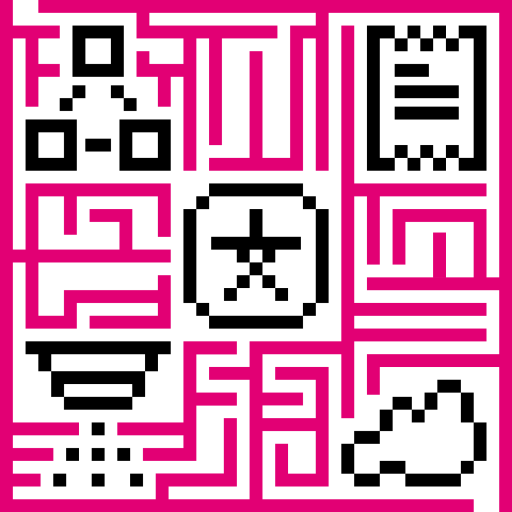- Direct connected Devices (with IoT Hub SIM-Card)
- Devices connected via public Internet
- Connectivity diagram
Direct connected Devices (with IoT Hub SIM-Card)
| Network | APN-Name | RAT |
|---|---|---|
| E/// DCP | myiot.tma.iot | NB-IoT,LTE-M,2G,3G,4G |
| DT WBC | myiot.m2m.at | NB-IoT,LTE-M,2G,3G,4G |
| TMA | myiot.m2m.at | LTE-M,2G,3G,4G |
Protocol Endpoints
| Protocol | DNS-Name | IP-Addresses | Ports | Encryption |
|---|---|---|---|---|
| LwM2M | N/A | 172.31.79.125 172.31.86.75 172.31.61.229 |
5685 / UDP | none |
| LwM2M | N/A | 172.31.79.125 172.31.86.75 172.31.61.229 |
5686 / UDP | DTLS |
| LwM2M Bootstrap |
N/A | 172.31.79.125 172.31.86.75 172.31.61.229 |
5687 / UDP | none |
| LwM2M Bootstrap |
N/A | 172.31.79.125 172.31.86.75 172.31.61.229 |
5688 / UDP | DTLS |
| CoAP | N/A | 172.31.78.49 172.31.83.246 172.31.60.74 |
5683 / UDP | none |
| CoAP | N/A | 172.31.78.49 172.31.83.246 172.31.60.74 |
5684 / UDP | DTLS |
| MQTT | N/A | 172.31.64.64 172.31.59.135 172.31.81.102 |
1883 / TCP | none |
| MQTTS | N/A | 172.31.64.64 172.31.59.135 172.31.81.102 |
8883 / TCP | SSL/TLS |
| HTTP | N/A | 172.31.64.64 172.31.59.135 172.31.81.102 |
80 / TCP | none |
| HTTPS | N/A | 172.31.64.64 172.31.59.135 172.31.81.102 |
443 / TCP | SSL/TLS |
| NTP | N/A | 172.31.25.113 | 123 / UDP | none |
Devices connected via public Internet
Any access technology (public Internet, WIFI,LTE,5G,GPRS ..)
Protocol Endpoints
| Protocol | DNS-Name | IP-Addresses | Ports | Encryption |
|---|---|---|---|---|
| LwM2M | |
3.65.109.171 52.59.131.237 18.198.110.220 |
5686 / UDP | DTLS |
| LwM2M Bootstrap |
|
3.65.109.171 52.59.131.237 18.198.110.220 |
5688 / UDP | DTLS |
| CoAP | |
3.66.107.91 18.198.148.101 3.68.173.175 |
5684 / UDP | DTLS |
| MQTTS | |
3.67.118.159 3.68.57.75 3.67.110.96 |
8883 / TCP | SSL/TLS |
| HTTPS | |
3.67.118.159 3.68.57.75 3.67.110.96 |
443 / TCP | SSL/TLS |
Connectivity diagram
Built-in transport protocols
The built-in transport protocol implementations are applicable for devices that communicate over those protocols and are able to connect directly to IoT Hub.
Most of the protocols above support JSON, Protobuf or own data format. This is the best option for new devices when you have control over the firmware.
IoT Gateway
IoT Hub IoT Gateway helps to connect devices that are located in the local network and do not have access to the internet or use specific non-IP protocols. IoT Gateway supports MQTT, OPC-UA, Modbus, BLE, HTTP, CAN, BACnet, ODBC, SNMP and other protocols. The gateway converts the data from devices to internal IoT Hub format and upload it over MQTT to the platform. See What is IoT Gateway? for more info.
LoRaWAN
IoT Hub supports ChirpStack and many other network servers via Integrations. For example: TheThingsNetwork, TheThingsIndustries, LORIOT, Actility ThingPark or any other network server that supports the webhooks or mqtt. Big advantage of IoT Hub integrations is the ability to define custom data converter functions.
Sigfox
IoT Hub supports Sigfox integration out-of-the-box.
NB IoT and other protocols
IoT Hub supports many Integrations that cover most of the devices on the market. Please contact us if you need help to connect your device.
